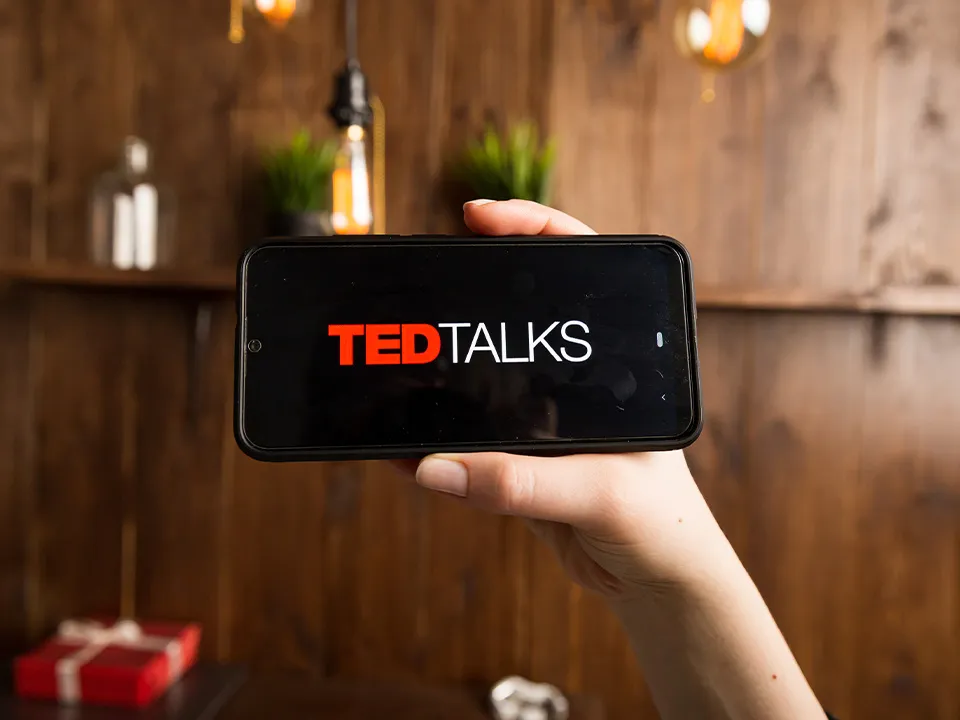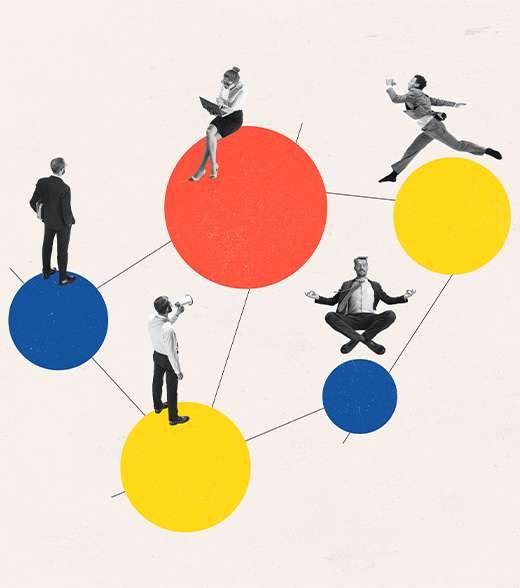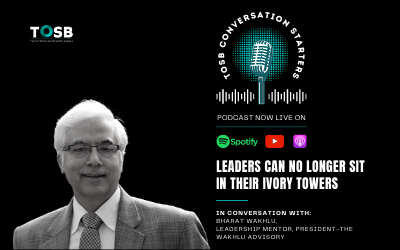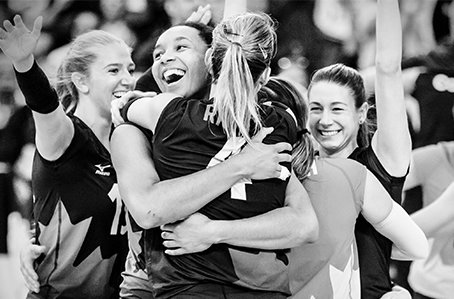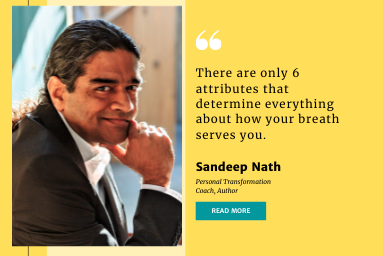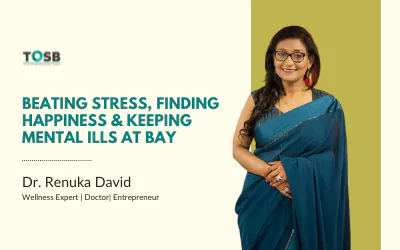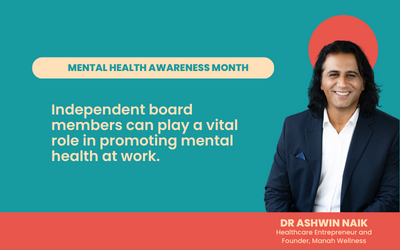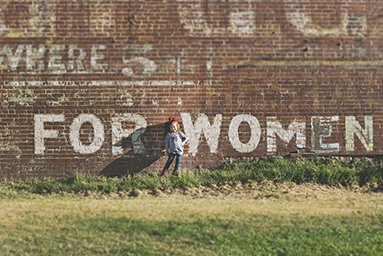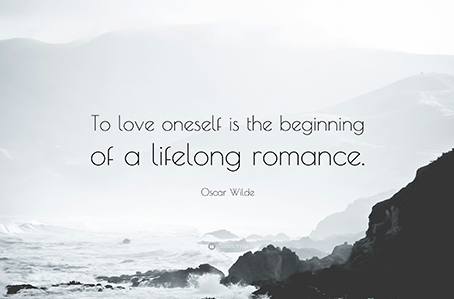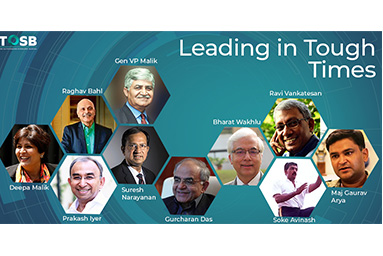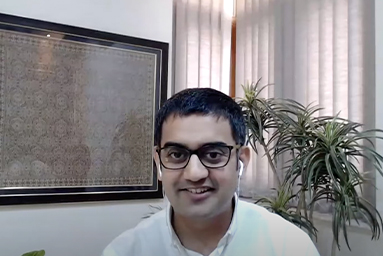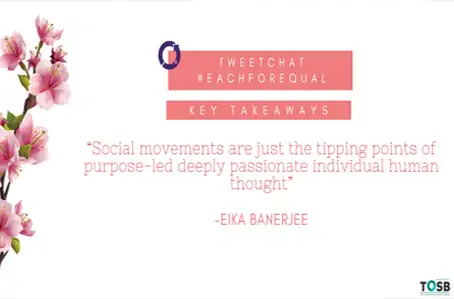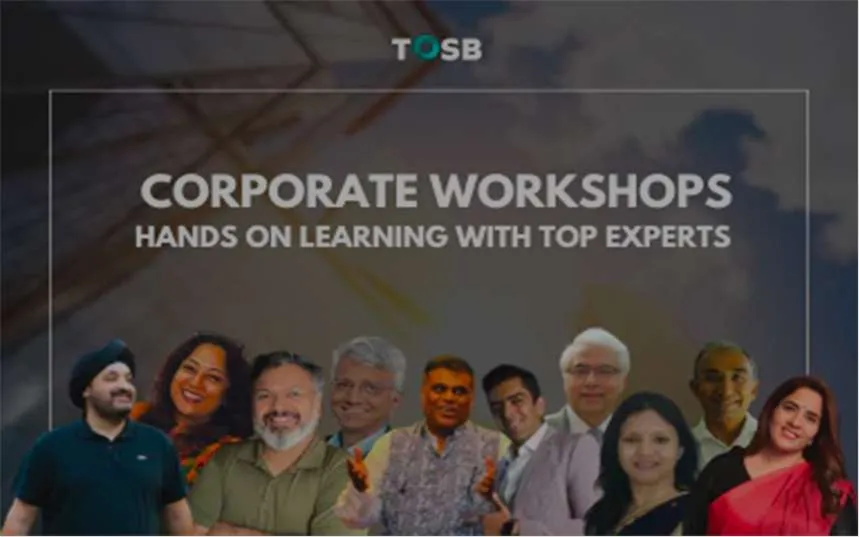
Just when the world continues to think and even worry about climate anxiety, I wish to draw your attention through this article towards a different kind of anxiety I have been dealing with as a professional. As an Executive coach, when I work on progressive coaching, we support an individual to cover the gaps between his/her current role and the next progressive role he/she seeks. After a few sessions, when the coachee opens up, here is the most frequent conversation they hesitatingly have with me: “May I ask something? Can I be sure that you will not share it with my reporting manager?” Yes, I say. Go ahead, I confirm. They say: “Every time I have an open conversation, it always bounces back. The manager says that he/she is open to feedback but that isn’t really so.” They added, “Most often, I have regretted opening up.”
HOW IS YOUR WORKPLACE?
The climate anxiety that I am referring to, is in a very dif- ferent context. I am talking about the anxiety that exists in the environment at the workplace. The anxiety that emerges from not being able to express. The anxiety that is a result of honest communication resulting in a backfire. I am talking about the ‘absence of Psychological Safety’ leading to ‘Cli- mate Anxiety’ in the workplace.
This leads to an obvious question – who is responsi- ble for managing this anxiety? For controlling it? And for ensuring it?
The leader of an organisation, the reporting manager with subordinates, or anyone ‘in-charge’ of a role, learning or situ- ation must take charge of managing psychological safety.
Lack of psychological safety could be already built in the culture of an organisation or may be a result of the leadership style of an individual.
When I started my research on ‘Psychological Safety’ in organisations and how leaders are trying to build an environ- ment that is psychologically safe and sans anxiety, I came across some substantial steps that brought about a positive impact that helped raise the following clouds of doubt:
I spoke to the Senior Manager of an organisation. (Let’s call her Tina). Tina looked straight in my eyes as an inter- viewer and expressed – “it has to begin with me”. I have start- ed looking at MYSELF first. What’s my style? Do I listen? She said, that ‘she felt’ that she heard her team members just right. While through a random, informal feedback session over the coffee machine, she realised through a light-hearted com- ment that perhaps she did not! Someone said, “Listening and you, Tina? You always say, got that! And there ends your lis- tening and then we are the ones who are listening after that.” Tina said that she started adopting various body language cues to send a signal to herself to listen and not speak until the other person was done expressing. Now she is waiting to do another random informal check if her effort is working.
The go-getter Rishabh (name changed), who has recently been promoted to a leadership role has seven subordinates and two reporting teams. He said that he is spending most of his time managing conflict between different team members and the success of his well-thought-out strategies has now become dependent on how well these people in different teams connect with each other. He added with a big laugh, “I return home 3x anxious because I have been dealing with other’s anxiety all day long. I am terribly tired, end of the day and I think to myself, let’s just talk! Why not collaborate? Just give away a little and take some? How difficult is that?” When I requested him to elaborate, he said, egos, constant desire to prove competence, competitive and not collaborative: all this is at the base of this anxious environment at work and he added, it is contagious! He hosted an easy lunch, set a Hawaii theme party and eased out the different teams. He then initi- ated an icebreaker activity while the food was getting ready. “What would I rather change in other’s style of working?”
He opened this by sharing a point himself first and then reached out to the most expressive person, leading to eve- ryone else opening up. Suddenly it was all out in the open in an acceptable environment. He left it at that on the lunch date and let everyone enjoy the theme-based party. He took a cue from there and initiated a more focussed intervention, helping the teams with methods of feed forward and open feedback.
This worked wonders and now the team has imbibed methods of ‘respectful communication’, ‘feed forward formu- las’, ‘intentional listening’, ‘discussing concerns with a solution mindset’ and more. Rishabh said, “All is not perfect, but we will get there because we are on the right track!”
PSYCHOLOGICAL SAFETY
My research around Psychological Safety has 12 successful case studies so far, across different organisations, with differ- ent set-ups and different numbers of employees. Everyone in the driver’s seat has shared a different initiative that brought about a noticeable positive change. It is a journey, is what all agree, it is possible is also what each one affirms. It is not about being nice to each other, all the time. It is about being able to communicate, ideate and express and most impor- tantly being heard.

In the words of Robert I. Sutton, “Psychological Safety is the key to creating workplace where people can be confident enough to act without undue fear of being ridiculed, pun- ished, or fired – and be humble enough to openly doubt what is believed and done.”I am in complete agreement that we need to focus on the climate-based challenges and changes. I hope we can also look at our places of work where we spend so many hours of our life.
We thrive in environments that respect us and allow us to feel respected and included. Its benefits can even extend to a feeling of fulfillment and strengthening of relationships at work. It is indeed a nuanced way to express trust. Though led by a leader, it is indeed a group effort, where everyone contributes to the common vision of creating a psychologi- cally safe environment.
It may be appropriate to conclude with what Adam Grant said:
“In every team and every organisation, the responsibil- ity for creating psychological safety starts at the top. When people get penalised for voicing problems and concerns, they learn that it’s not safe to speak up. It’s up to those in power to open the door – and to keep it open.”
Originally Published on The Mind Diaries


























